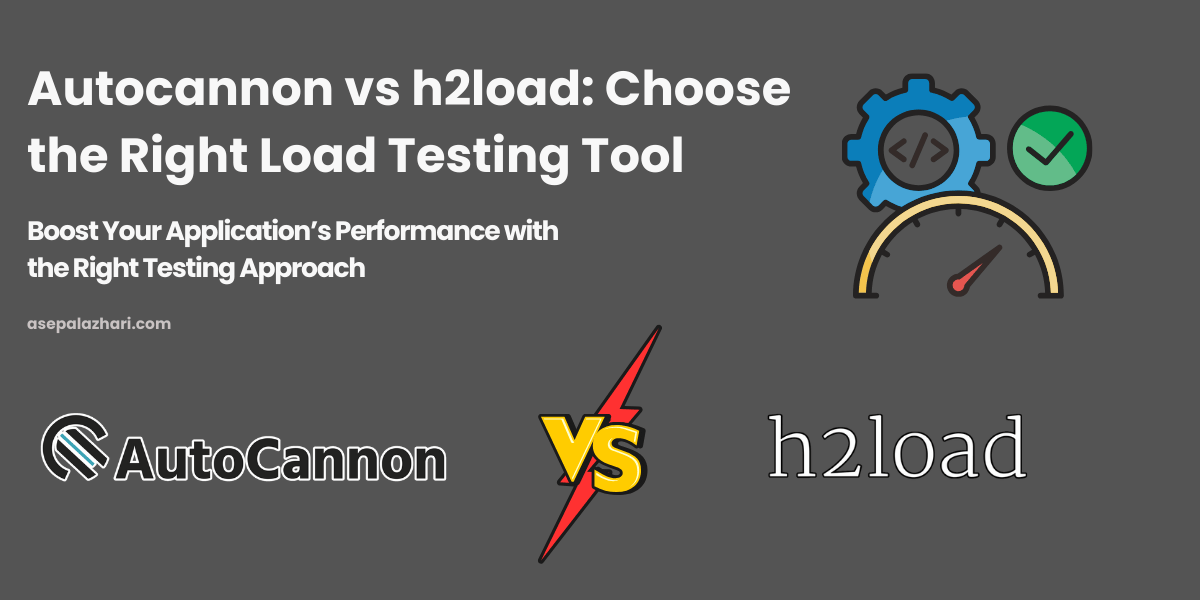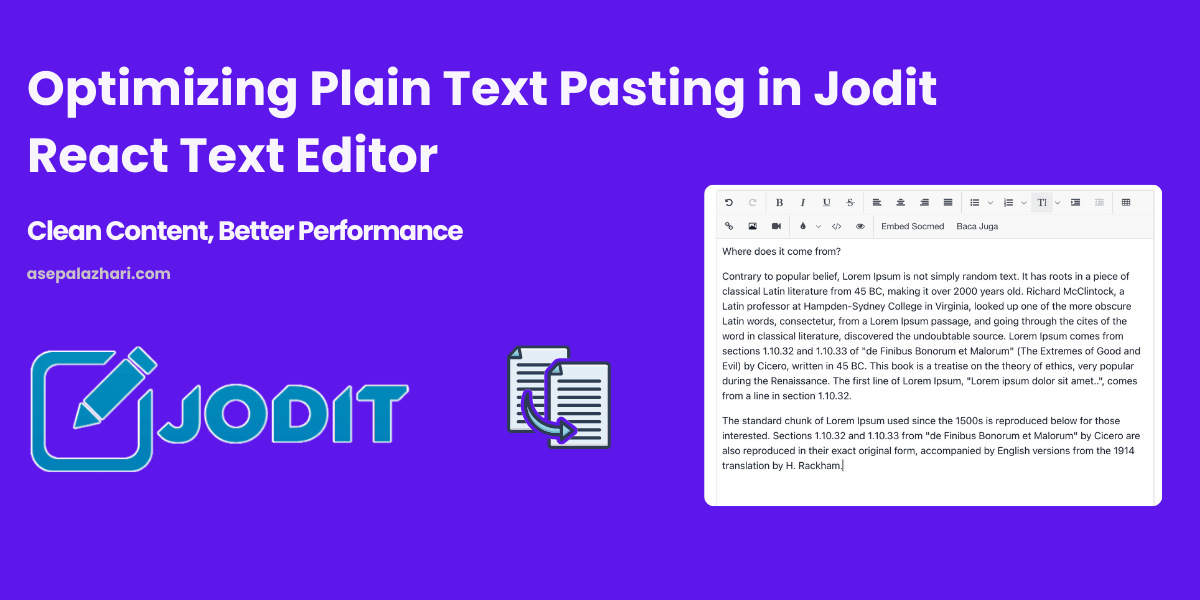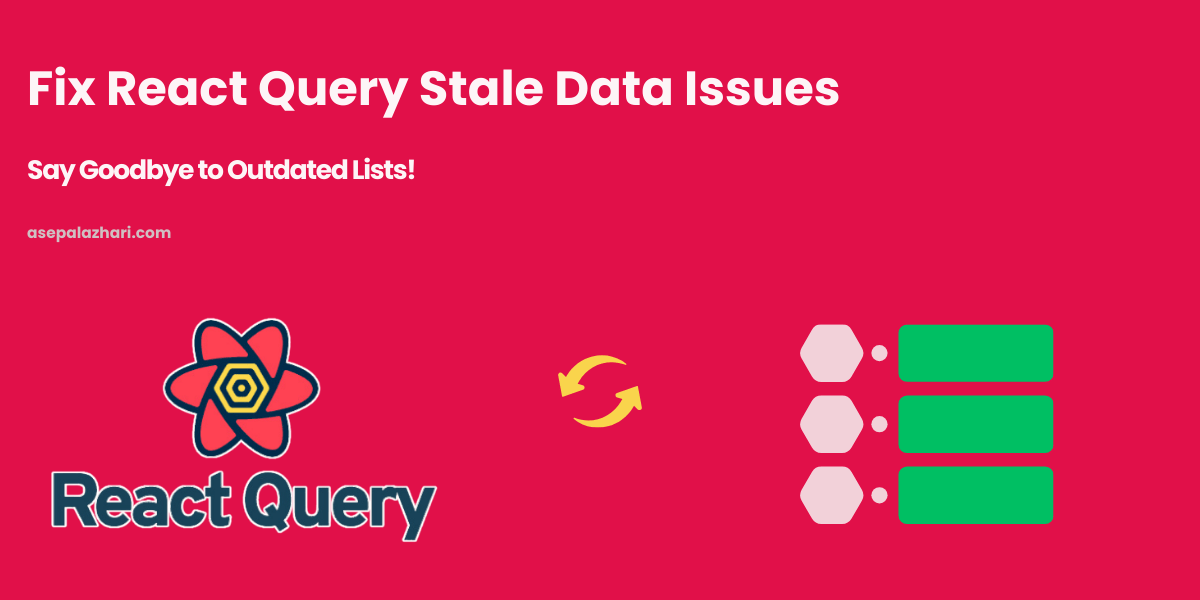Autocannon vs h2load: Which Load Testing Tool is Best for Your Needs?
Discover the strengths and weaknesses of Autocannon and h2load, two powerful tools for load testing, and learn how to choose the best one for your project

Load testing is a crucial step in ensuring your application can handle the demands of real-world traffic. Whether you’re deploying a new API, optimizing an existing server, or migrating to HTTP/2, choosing the right tool is essential. Among the most popular load testing tools are Autocannon and h2load. Both have their strengths, but the best choice depends on your project’s needs.
In this article, we’ll dive into the features of both tools, discuss when to use them, and provide actionable insights to help you make an informed decision.
Why Load Testing Matters
Imagine launching a new feature only to find your server crumbling under unexpected traffic. Performance bottlenecks can lead to frustrated users, revenue loss, and damage to your reputation. This is where load testing comes in. It simulates real-world traffic, allowing you to identify and fix performance issues before they affect users.
Modern web applications often rely on complex architectures with protocols like HTTP/2, which introduces multiplexing and reduced latency. Selecting a load testing tool that supports your architecture is vital for accurate insights.
When to Use Autocannon or h2load
Choosing between Autocannon and h2load depends on several factors, including the protocol you’re testing, your development environment, and your need for customization. Here’s a quick breakdown:
- Autocannon: Ideal for developers working with Node.js and HTTP/1.1.
- h2load: Best for advanced users who need HTTP/2 support and granular control.
Now, let’s explore each tool in detail.
Also Read: Solving React Query Stale Data Issues: A Step-by-Step Guide
Autocannon: Simplicity and Node.js Integration
Autocannon is a fast HTTP/1.1 benchmarking tool designed for simplicity and ease of use. Written in Node.js, it’s particularly suited for developers in the JavaScript ecosystem.
Key Features
- Real-time Metrics: Get live updates on requests per second, latency, and errors.
- Node.js Integration: Easily integrate Autocannon into your Node.js scripts for automated testing.
- Beginner-Friendly: A simple CLI makes it easy to get started.
Example Command
npx autocannon -c 100 -d 30 -p 10 http://localhost:3000This command sends 100 concurrent connections for 30 seconds, with 10 pipelined requests per connection.
When to Use
- Testing APIs and web servers built with Node.js.
- Projects that only use HTTP/1.1.
h2load: Power and Flexibility for HTTP/2
h2load is a powerful benchmarking tool bundled with the nghttp2 library. It’s designed for high-performance testing of HTTP/2 and HTTP/1.x servers.
Key Features
- HTTP/2 Support: Test modern servers with advanced features like multiplexing.
- Granular Control: Customize connections, streams, and concurrency.
- TLS/HTTPS Testing: Robust support for secure endpoints.
Example Command
h2load -n 1000 -c 100 -m 10 http://localhost:3000This command sends 1,000 requests using 100 concurrent connections, with 10 streams per connection.
When to Use
- Testing HTTP/2 servers and APIs.
- Advanced performance testing requiring precise control.
Also Read: Enhancing File Uploads with HEIC to JPG Conversion in React
How to Choose the Right Tool
- Protocol Requirements: If you’re using HTTP/2, h2load is the clear winner. For HTTP/1.1, either tool will work.
- Developer Experience: Autocannon is easier to set up and integrates seamlessly with Node.js.
- Advanced Needs: h2load offers more flexibility and control for complex scenarios.
Conclusion
Both Autocannon and h2load are excellent load testing tools, but they shine in different areas. For Node.js projects and HTTP/1.1 testing, Autocannon’s simplicity is hard to beat. On the other hand, h2load’s robust features make it the best choice for advanced HTTP/2 performance testing.
When choosing a tool, consider your project’s specific needs and the level of detail you require in your performance metrics. With the right tool in hand, you’ll be well-equipped to ensure your application performs flawlessly under pressure.


